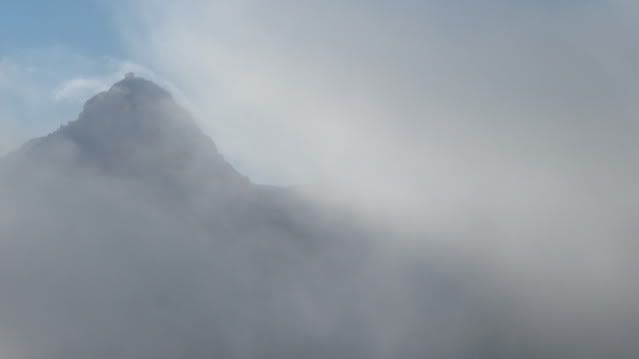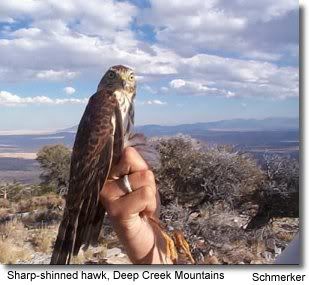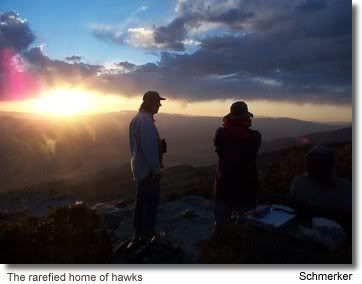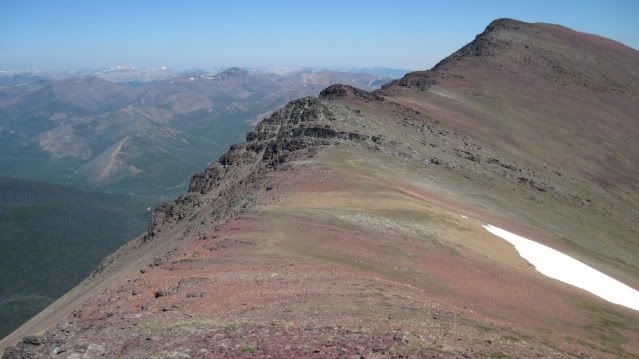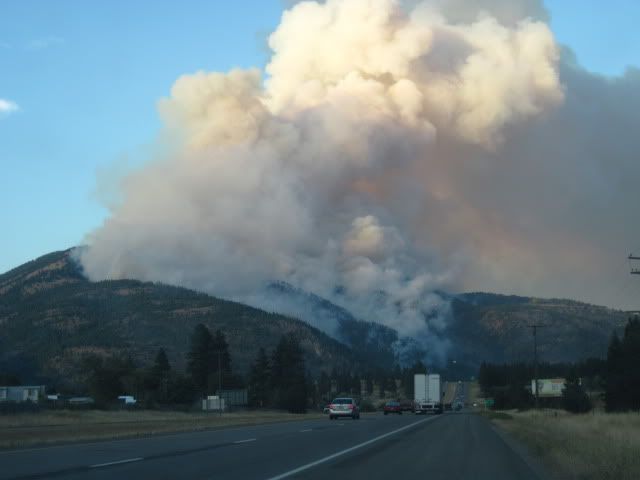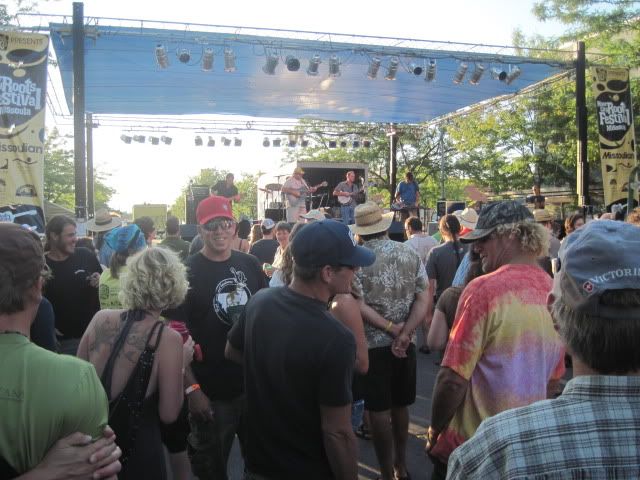(The group traversed the Bitterroot Valley from south to North--right to left in this picture--after crossing the Continental Divide twice.)

The title of most adventurous goes to Jedediah Strong Smith, who in 1826 (when he was in his early 20s) crossed the Mojave on his way to California, and then crossed the Great Basin on his way to Utah. Of all the routes through the West, wrote Marc Reisner in Cadillac Desert, Smith chose the longest, driest, and least hospitable. Smith’s diaries are a record of discovery and description. Upon reaching the Great Salt Lake near the end of his cross-Nevada march, he wrote in joy, ‘Those who may chance to read this at a distance from the scene may perhaps be surprised that the sight of this lake surrounded by a wilderness of More than 2000 Miles diameter excited in me those feelings known to the traveler, who, after long and perilous journeying, comes again in view of his home. But so it was with me for I had traveled so much in the vicinity of the Salt Lake that it had become my home of the wilderness.’
(Today, Interstate 90 traverses what the group called the Headwaters of the Missouri, west of Bozeman.)

David Thompson, a Canadian explorer, trapper, and surveyor, traveled tens of thousands of miles across the Northwest, from Manitoba to the Oregon coast, and lived for years in primitive wilderness camps. Beginning in the late 1700s, he established posts in spots that would later become important waypoints and was the first Anglo resident of Montana. In total, he’s credited with mapping some 3.9 million miles of Northwest wilderness using only a sextant.
(U.S. 12 now makes the ascent of Lolo Pass much easier.)

The most harrowing account of Western exploration I’ve come across was that of Alexander Mackenzie, who in 1789 traveled to the Arctic Ocean. Three years later he crossed the Canadian Rockies near Jasper and descended toward Fraser Canyon before abandoning that route and crossing the glaciated Coast Mountains, arriving in what is now Bella Coola, British Columbia. He was forced to retreat almost immediately, however, after an attack by Indians; his journal includes a vivid description of an Indian placing a chokehold on his neck.
(Looking down the Hellgate at Missoula. Lewis' half of the split party, with Clark retracing the former route into the Big Hole, crossed the Clark Fork near the middle of the picture on their new-found shortcut back to Great Falls.)
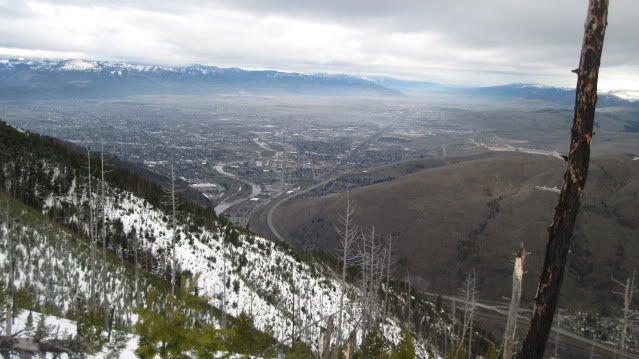
While all of these travelers left journals which today portray the West as a place of unfettered beauty, wonder, and difficulty, none compare to those left by Lewis (and, too, Clark), whose journals do more to capture the beauty of the place than any I've come across. A few years ago the University of Nebraska republished the journals into an exhaustive nine-volume set which takes up the better part of a shelf in the Missoula library. I read the set last winter and together they detail a party of explorers who have found a landscape of unimaginable pureness and rarity, and the words themselves express revelry in the surroundings which has been unmatched before or since. Many of the images painted by Lewis live on today. This one can be found on many book covers, roadside monuments, and motel brochures:
'This immense river waters one of the fairest portions of the globe. Nor do I believe that there is in the universe a similar extent of country. As we passed on, it seemed as if those scenes of visionary enchantment would never have an end.'
(Past Lolo Pass into Idaho, the group crossed above this grove of giant Western redcedar.)

Others may be less poetic, but tell still the journey of the Corps of Discovery. Many of the most profound describe Montana. Here they are, unedited:
May 3, 1805 (central Montana)
The country in the neighborhood of this river, and as far as the eye can reach, is level, fertile, open and beatifull beyond description.
May 5, 1805 (central Montana)
Capt. Clark and Drewer killed the largest brown bear this evening hich we have yet seen ... it was a most tremendious looking anamal, and extrmly hard to kill notwithstanding he had five bullets through his lungs and five others in various parts he swam more than half the distance across the river to a sand bar and it was at lest 20 min befor he died he … fled and made the most tremendous roaring from the moment he was shot
(Across the Clark Fork, the party left the main river and followed the Blackfoot, which leaves the canyon on the center-left of the picture. Upon meeting Indians in Lolo, the party learned the previous summer they had taken a major detour through the Big Fork, to Salmon, and up the Bitterroot--a month-long journey which was now, with the correct information, shortened to a handful of days.)
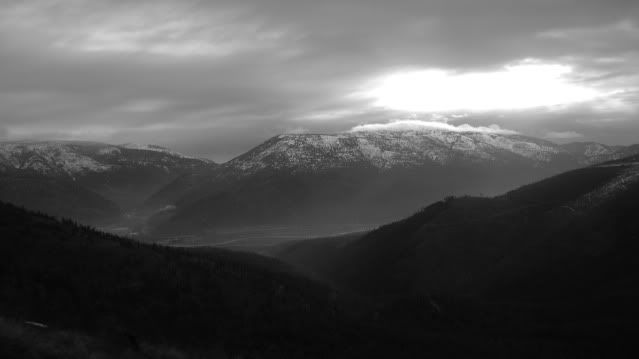
June 12, 1805 (near Great Falls)
From this hight we had a most beatifull and picturesque view of the Rocky Mountains which were perfectly covered in snow ... they appear to be formed of several ranges each succeeding range rising higher than the preceding one until the most distant appear to lose their snowy tops in the clouds; this was an august spectacle and rendered more formidable by the recollection that we had them to pass.
June 13, 1805 (facing Great Falls of the Missouri)
I wished for the pencil of (a Titian) in that I might be enabled to give the enlightened world just some of idea of the truly magnificent and sublimely grand object, which has from the commencement of time been concealed from the view of civilized man ... I hope still to give the world some faint idea of an object which at this moment filled me with such pleasure and astonishment
June 14, 1805 (near Great Falls, after an encounter with a grizzly, a mountain lion, and a stampeding bison)
It now seemed to me that all the beasts of the neighborhood had made a league to destroy me, or that some fortune was desposed to amuse herself at my expence.
June 29, 1805 (near Dillon)
It may well be retained on the list of (attributes) of this neighborhood towwards which nature seems to have dealt with a liberal hand, for I have scarcely experienced a day since my first arrival in this quarter without witnessing the appearance of some uncommon object
July 4, 1805 (in the Big Hole)
I thought it seemed probably that these mountains might have derived their appelation of Shining mountains from their glittering appearance when the sun shines in certain directions
August 18, 1805 (near Lost Trail Pass)
This day I completed my thirty first year, and conceived that I had in all human probability now existed about half the period wich I am to remain in this sublimary world. I reflected that I had a yet done but little, very little in deed, to furhter the happiness of the human race, or to advance the information of the succeeding generation. I viewed with regret the many hours I have spent in indolence, and now soarly feel the want of that information which those hours would have given me had then been judiciously expended.
(Clark) Sept 15, 1805 (Lolo Pass)
From this mountain I could observe high ruged mountains in every direction as far as I could see
(Clark) Dec. 3 1805 (near Portland)
I am unwell and cannot eat. O! how disagreeable my Situation.
Lewis, June 2 1806 (near Lolo Pass)
We are obliged to have recourse to every subterfuge in order to prepare in the most ample manner our power to meet that wretched portion of our journy, the Rocky Mountain, where hungar and cold in their most rigorous forms assail the waried traveler; not any of us have yet forgotton our sufferings in those mountains in September last,and I think it probable we never shall.
June 24, 1806
...from this place we had a extensive view of these step down mountain principal coverd with snow like that which we stood we were entirely surrounded by these mountains from wich one unacquianted with them it would have seemed impossible to have ever escaped
June 29, 1806 (Lolo Pass)
...in passing of which we have experience cold and hungar of which I shall ever remember
July 11, 1806 (near Great Falls)
...through a level beautiful and extensive high plain covered with emmense heards of buffalo, and ther are such numbers that there is one continual roar
July 15, 1806 (near Great Falls, again, and at the close of a day with many run-ins with unfriendly wildlife)
There seems to be a certain fatality attached to the neighborhood of these falls, for there is always a chapter of accidents prepared for us during our residence at them












